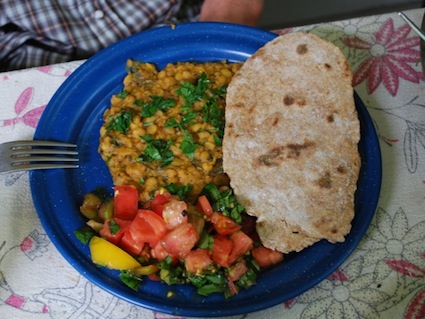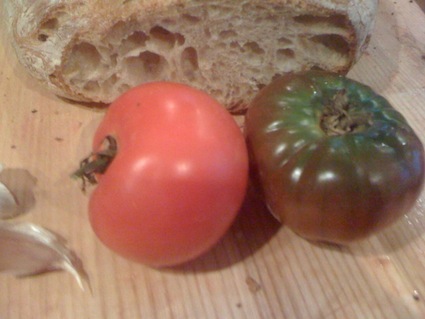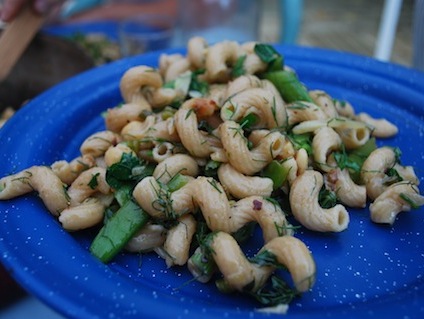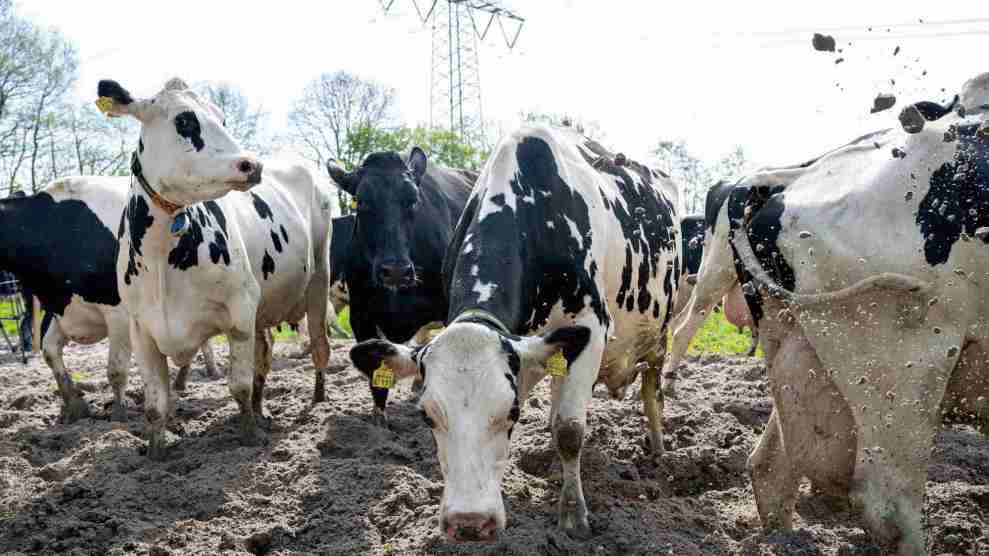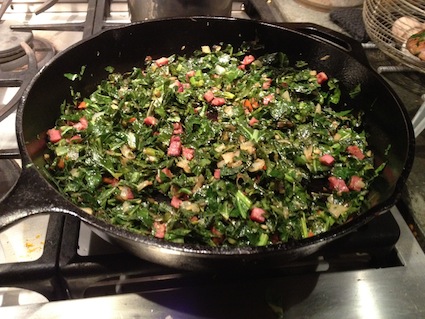
A little pork goes a long way with fall collard greens.
Some of my friends are trying to eat less meat, figuring it will improve their health, bolster their bank accounts, and shrink their ecological footprints in one swoop. Another friend, a longtime vegetarian, wants to diversify her diet by including meat—but just a little. This edition of Tom’s Kitchen is for both camps.
The basic concept here is to take a highly flavored meat product—smoked pork sausage—and use small quantities of it to flavor two meals built around fall’s classic vegetables. It’s been a chilly, wet fall here in western North Carolina, but we’re still harvesting collard greens and cabbage, both of which go delightfully with pork. In fact, right now is the best time of year to eat collards, because morning frosts followed by relatively warm days gives them a sweetness and depth of flavor you won’t find any other time of year.
I haven’t been using just any old smoked pork sausage, either. I was recently in New Orleans, where I visited Cochon Butcher, my favorite sandwich shop on earth and also a great place to get all manner of house-cured meats. I picked up a foot-long chunk of Cochon’s andouille, an iconic Cajun sausage. Using Spanish-style cured chorizo (as opposed to the Mexican-style fresh version) would also work.
Beans, Greens, Andouille, and Rice
Serves two, with leftovers
Olive oil
1 large onion, chopped
1-3 cloves garlic, chopped
1 hot red chile pepper, chopped (optional but encouraged)
1 four-inch chunk of andouille or other cured pork sausage, casing peeled away, and cut into chunks
1 bunch collared greens, stemmed and sliced thin crosswise
1 cup cooked white beans, with a bit of their water
1 cup brown rice, cooked
Red wine vinegar
Sea salt and freshly ground black pepper, to taste
Coat a cast iron or other heavy skillet with olive oil, and turn heat to medium. When oil is shimmering, add onion. Cook, stirring occasionally, until onion is translucent. Add garlic and, if using, chile pepper. Cook, stirring, another minute and add sausage. Cook, stirring another minute, and add collards along with a pinch of salt. Stir well to coast the collards, add a dash of water, and cover. Turn heat down to low, cover, and let the collards cook, stirring occasionally, until they’re tender. When they’re done, stir in the beans and rice, season with salt, pepper, and a dash of vinegar, and serve.
Pasta/cabbage variation: Substitute a medium-sized head of cabbage, chopped, for the collards; 1/2 pound whole-wheat spaghetti, cooked, for the rice; and 1/2 cup frshly grated Parmigiano-Reggiano (or other hard cheese) for the beans.

